What Is a Bird's Cere?
Experts haven't identified a single purpose of a bird's cere, but most think it has to do with the bird's sense of smell. And, as it turns out, it can also be a pretty good indicator of a bird's sex. Males have a darker colored cere than females. The issue with consistency in this indication is that lighter-colored birds have a lighter-colored cere, so while, in theory, cere color is a fairly good indicator of the sex of the bird, it isn't that way in all cases. This only applies to adult birds as the cere color in juveniles changes as they age.
What is a cere on a bird?
The fleshy, bulbous area right above a bird's beak just below the eyes is called a "cere." This is where the nostrils, called "nares," live. It appears to be a ridge that connects the beak to the bird's face. Though not all birds possess a cere, varieties of parrots, doves, pigeons, raptors, and some other birds of prey do.
How a Bird's Cere Can Indicate Its Sex
The color of a female bird's cere can change when she is in breeding conditions. When she is in season and is interested in breeding, her cere might turn brown in color—but, again, this isn't always the case. Some females' ceres don't change color at all. Another indication of sex, especially among pigeons, is the fact that a male's cere is usually larger and more pronounced than the cere on a female.
Bird watchers often use the cere as a means of identifying different types of birds in their never-ending quest to see different types of birds.
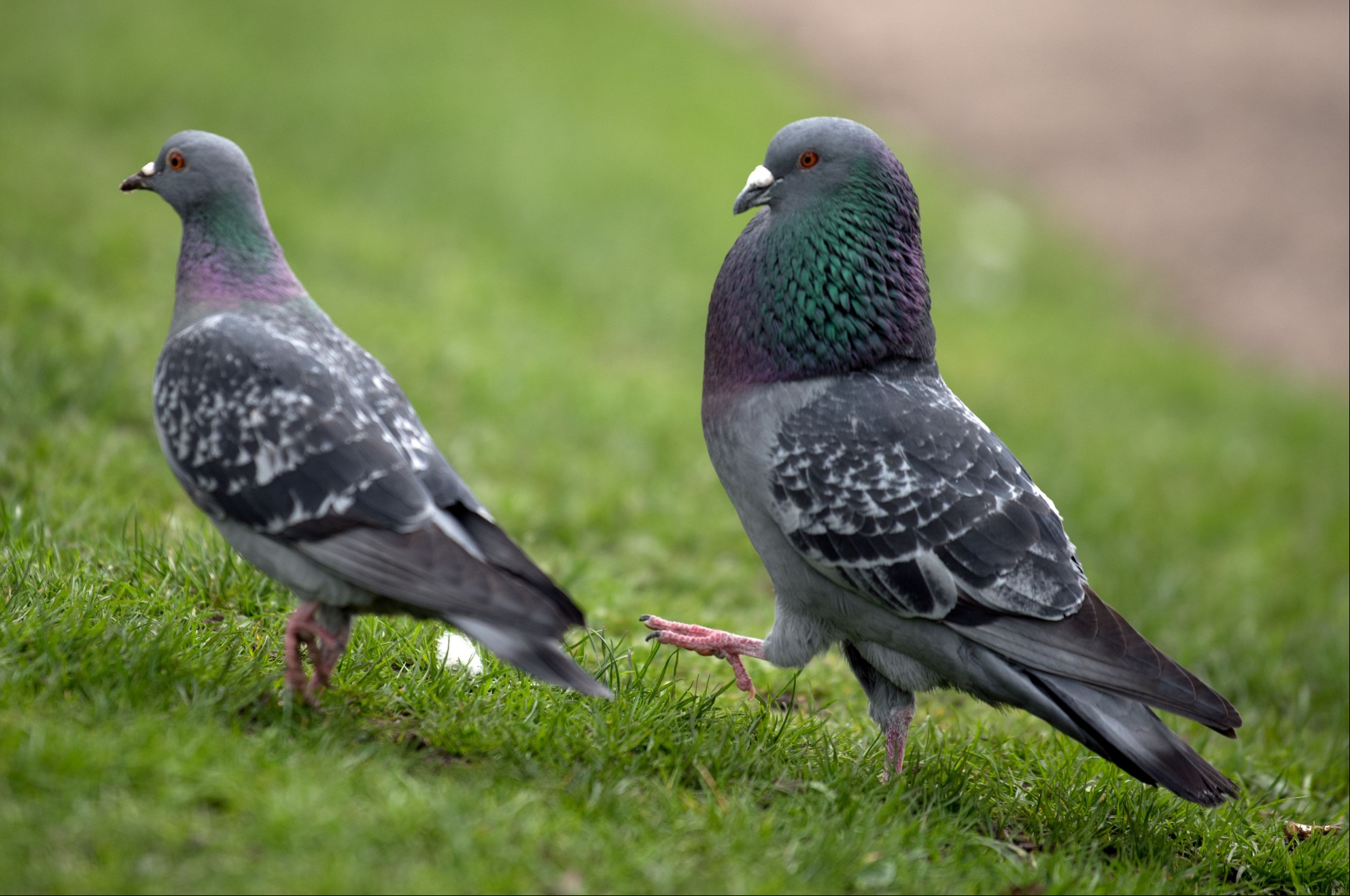
How to Officially Determine the Sex of Your Bird
In any case, if you feel it is important to find out the sex of your budgie, it is best to get a DNA blood test done. The accuracy of these blood tests is about 99 percent. While not completely fool-proof, they trump any other method of discovering the sex of your bird. The test is fast and only takes a drop of blood. Surgical sexing used to be the only way to determine the sex of a bird with absolute certainty, but this method is rather invasive and can be risky.
How a Bird's Cere Can Indicate Illness
Another interesting feature about the cere is the fact that its condition is a telltale sign of illness. When examining a bird, avian veterinarians often first look at the cere. If there are any signs of irritation, swelling, or inflammation, the vet is likely to look for possible respiratory issues.
Other problems that can indicate illness are a chapped cere as well as what appears to be a runny nose. Chronic respiratory illnesses and infections may cause the cere to sweep and become impacted with pus from the infection causing distortion of the cere. These plugs of pus, called rhinoliths, are more commonly observed in African Grey parrots, but they can occur in any species of bird. It is important that the avian veterinarian determine that this appearance is the result of an infection and not a tumor, or granuloma, which is essentially an inflamed tumor. Such an infection can be corrected by putting the bird under general anesthesia and flushing out this accumulation of pus caused by the infection.
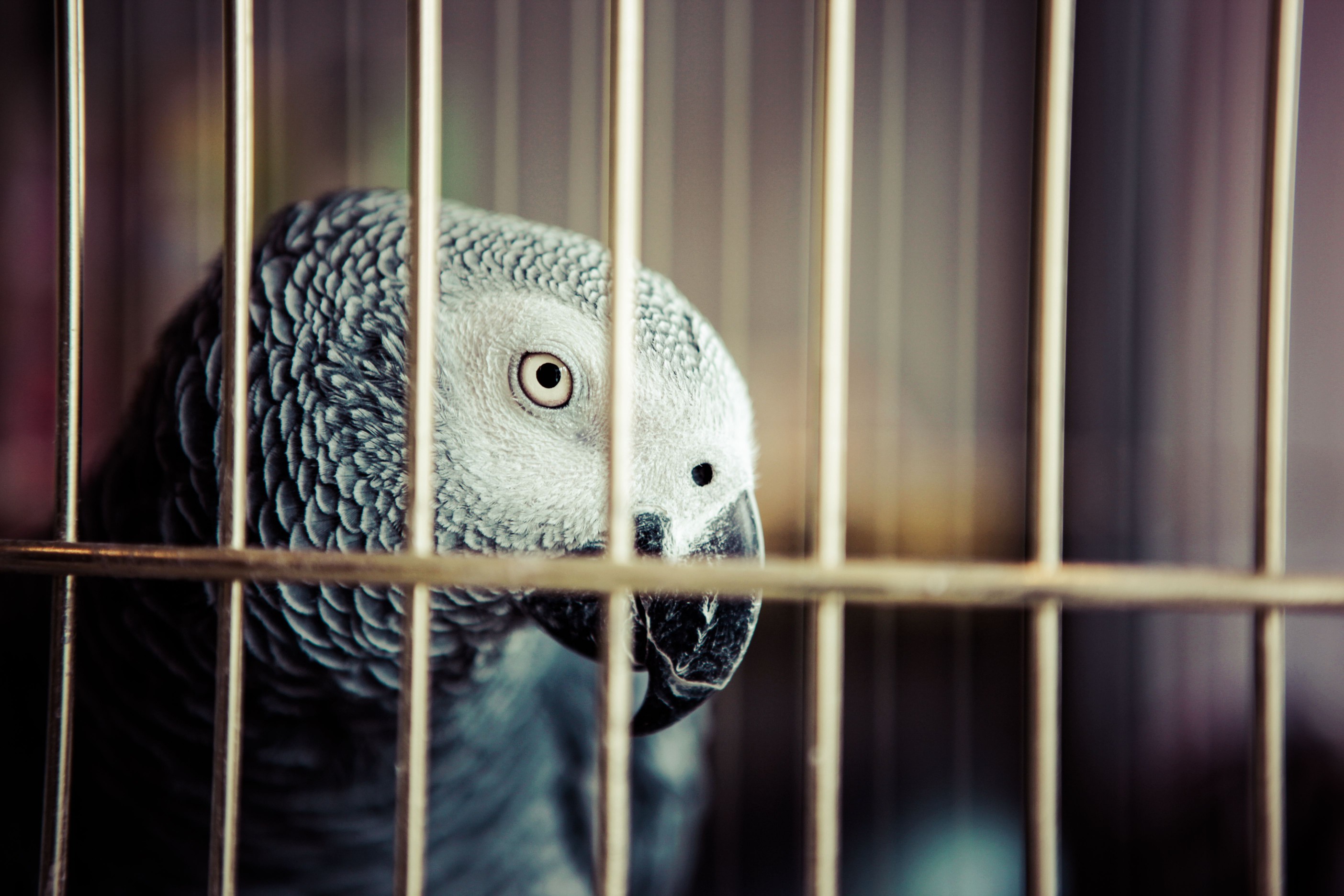
The cere is one of the more obvious parts of your bird's anatomy you can observe that indicates the bird's health. Keeping an eye on it for sweeping, dripping, or any type of discharge is a good practice.
RECOMMENDED NEWS

Gloster Canary: Bird Species Profile
Gloster canaries are small birds that are bred for their shape instead of their colors or song. The...
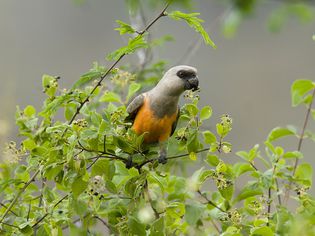
Red-bellied Parrot: Bird Species Profile
While its name can be confusing to some people since it doesn't actually have red on its belly,...
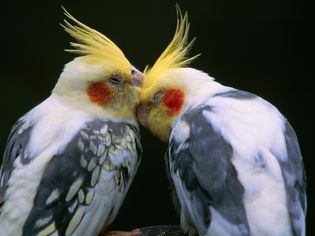
Cockatiel Breeding Basics
Cockatiels are part of the cockatoo family and are known for their warm and outgoing personalities ...
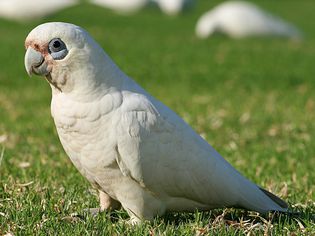
Bare-Eyed (Little Corella) Cockatoo: Bird Species Profile
The bare-eyed cockatoo is a smaller cockatoo that is a somewhat easier pet to keep than its larger ...
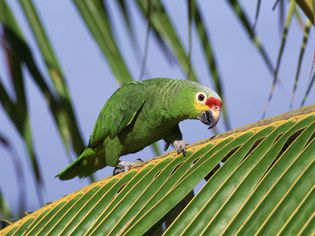
Red-Lored Amazon Parrot: Bird Species Profile
Red-lored Amazon parrots are impressive and charming birds prized for their beauty and intelligence...
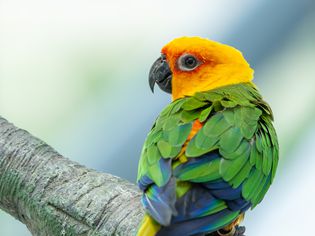
The 5 Smartest Birds You Can Keep as Pets
Animal intelligence has been studied for years and birds are often at the top of the list of smarte...
Comments on "What Is a Bird's Cere?" :